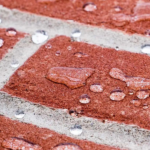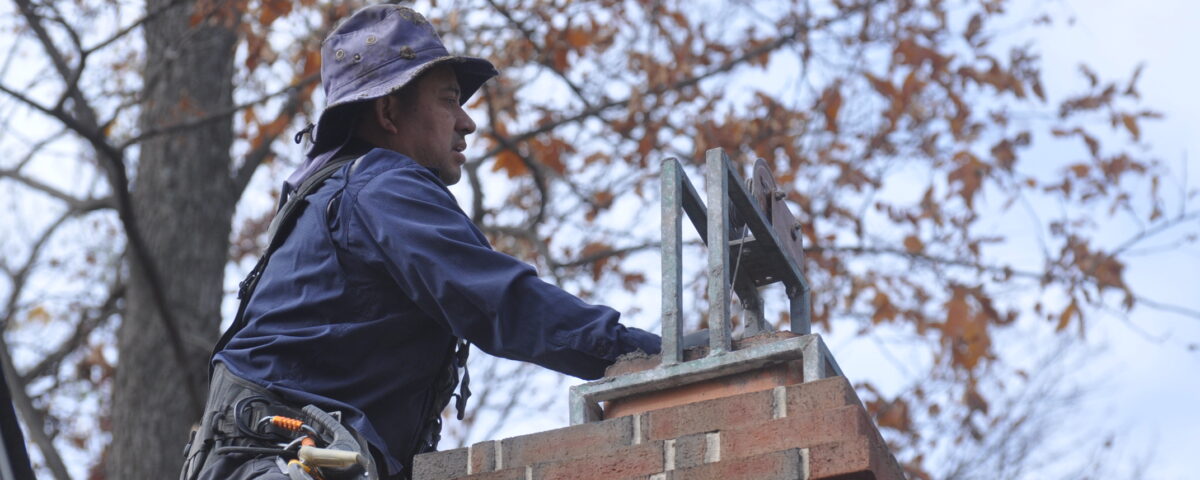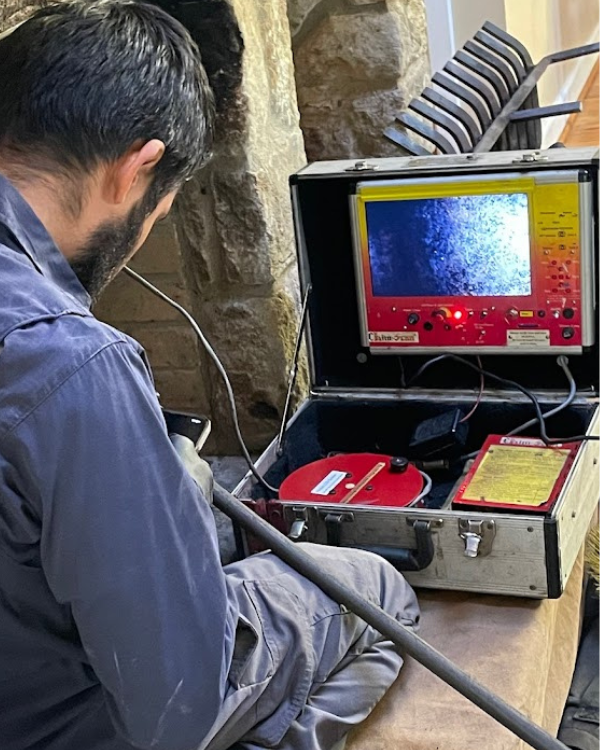
What to Do When Stink Bugs and Lanternflies Get Into Your Wood-Burning Fireplace
September 25, 2025
When Rain Gets Into Your Chimney: What’s Normal and What’s Not
October 1, 2025Your chimney is more than just a stack of bricks—it’s a vital part of your home’s structure and safety. Over time, exposure to weather, temperature changes, and normal wear and tear can lead to deterioration. Masonry chimney repairs aren’t just cosmetic fixes—they protect your home from water damage, structural issues, and costly problems down the road.
Below, we’ll cover the most common types of masonry chimney repairs, why they’re important, and why delaying them can end up costing you much more in the long run.
1. Tuckpointing and Repointing
What it is:
Tuckpointing (or repointing) involves grinding out old, crumbling mortar joints and replacing them with fresh mortar.
Why it’s important:
Mortar holds the bricks together. If it deteriorates, water seeps into the joints, leading to brick damage and potential structural failure.
Why not to wait:
Once water gets in, freeze-thaw cycles in winter will cause mortar and bricks to crack and spall, turning a simple mortar repair into a full rebuild.
2. Chimney Crown Repair or Replacement
What it is:
The crown is the concrete cap at the top of your chimney that sheds water away from the brickwork.
Why it’s important:
A cracked crown is one of the leading causes of chimney leaks. When water enters from the top, it runs down through the masonry and damages walls, ceilings, and fireplaces.
Why not to wait:
Minor cracks can be sealed early, but if ignored, you may end up needing a full crown replacement and costly water damage repairs inside your home.
3. Brick Replacement
What it is:
When bricks crack, spall (flake), or break due to weather and moisture, they need to be replaced with new ones that match the existing structure.
Why it’s important:
Damaged bricks not only weaken your chimney structurally, but also allow water to penetrate deeper into the system.
Why not to wait:
Replacing one or two bricks now is inexpensive compared to rebuilding an entire chimney wall later.
4. Waterproofing
What it is:
Applying a breathable, water-repellent sealant to the chimney exterior protects masonry from moisture intrusion while still allowing it to vent properly.
Why it’s important:
Brick and mortar are porous and naturally absorb water. Waterproofing helps extend the life of your chimney and prevents leaks.
Why not to wait:
Once water damage sets in, waterproofing alone won’t help—you’ll first need costly repairs to fix the deterioration.
5. Chimney Rebuilds (Partial or Full)
What it is:
A partial rebuild repairs only the upper portion of the chimney, while a full rebuild reconstructs the entire structure from the ground up.
Why it’s important:
Sometimes damage is too extensive for simple repairs. Rebuilding ensures the chimney is structurally sound and safe to use.
Why not to wait:
A leaning or crumbling chimney is a major safety hazard. Waiting too long could risk collapse, putting your family and home in danger.
Don’t Delay Masonry Chimney Repairs
Chimney masonry issues don’t get better on their own—they get worse. Small cracks expand, minor leaks spread, and before you know it, a simple repair becomes a major expense. Taking care of chimney repairs promptly not only protects your home but also saves you money and stress in the long run.
If you suspect your chimney needs repair, don’t wait until the damage is extensive. Contact Potomac Chimney & Masonry Services today to schedule an inspection. Our veteran-owned, family-run team has the expertise to protect your home with long-lasting chimney and masonry solutions.





